Snacking is a natural part of any healthy diet. When you feel hungry between meals, having smaller portions of nutritious foods can help keep your appetite in check and prevent overeating at your next meal. More than that, snacking can be beneficial for your diet. It helps to keep your metabolism going, prevents you from being overly hungry so that you don’t overeat at your next meal, and provides your body with the nutrients it needs to thrive. That is why snacks should be something you plan for rather than an afterthought.
You might think packing healthy snacks means lots of kale chips, carrot sticks, and other distasteful things. Healthy snacking doesn’t have to be bland or tasteless. If done right, it can be filling and leave you feeling friendly and full until your next meal comes around.
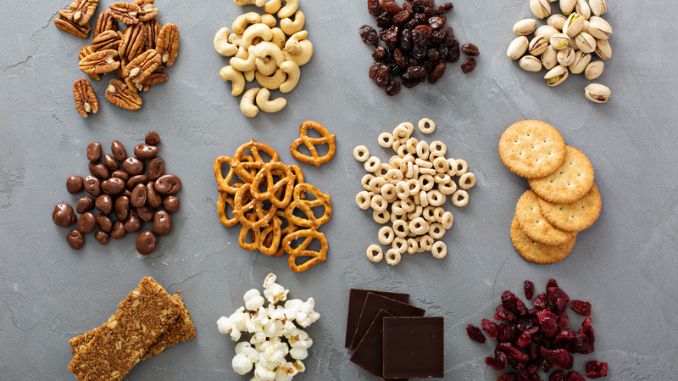
What is Snacking and Why Should I Care?
There are a few essential differences between snacking and regular eating. Snacking tends to happen more frequently than three main meals per day, so it’s vital to tailor your snack intake to your specific health needs and goals. Some people also use the word ‘grazing’ to describe snacking. Grazing refers to a style of eating that involves consuming several smaller meals throughout the day rather than just a few larger ones. Other than that, snacking isn’t all that different from regular eating. It’s simply another way of fuelling your body with the nutrients it needs to function correctly. And while the definition of ‘snack’ can vary depending on who you talk to, there are a few things that most people agree on. Namely, snacks should be palatable and portable, have a low glycemic index, and provide moderate calories and nutrients. We also generally agree that snacks should be low in fat and sugar and high in fiber, protein, vitamins, and minerals.
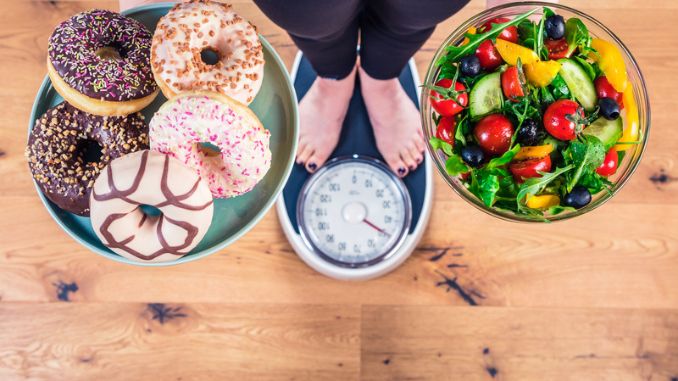
How Much Should I Be Snacking?
This is a contentious issue, as it largely depends on your individual health needs and goals. If you’re a healthy, active adult following a balanced diet, you probably don’t need to snack. Some nutritionists suggest that snacking offers little to no nutritional value. Others, though, might indicate that you snack daily if you have specific dietary restrictions, suffer from a condition that requires you to take medication, or is an athlete whose body needs a lot of fuel to function correctly. We can indeed say that snacking will never be as beneficial as eating three balanced meals daily. No matter how often you eat, you’re not going to get the same level of vitamins, minerals, fiber, and protein as you would from a full meal.
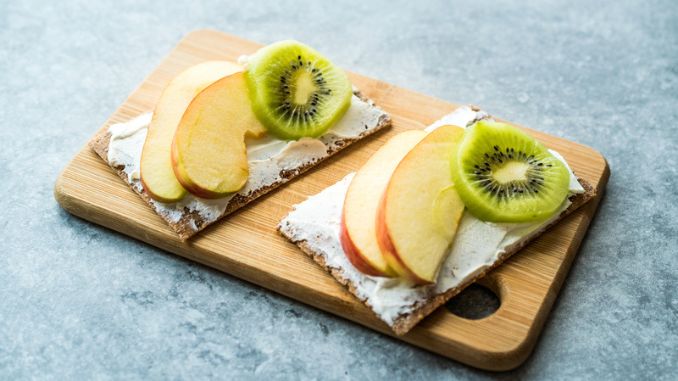
To help you get started with your healthy snacking habits, here are a few tips on how to snack healthily:
1. Have a Plan
To snack healthily, it’s essential to have a plan in place. You’ll most likely be snacking between meals, so it’s easier to have something pre-prepared. This is the best way to avoid eating junk food, which you may regret later. When you have a plan, you’ll have a much easier time resisting the urge to eat something unhealthy. Make sure to have plenty of healthy options on hand and some snacks that are quick and easy to make. This way, you’ll have everything you need to satisfy your hunger without having to resort to eating junk food.
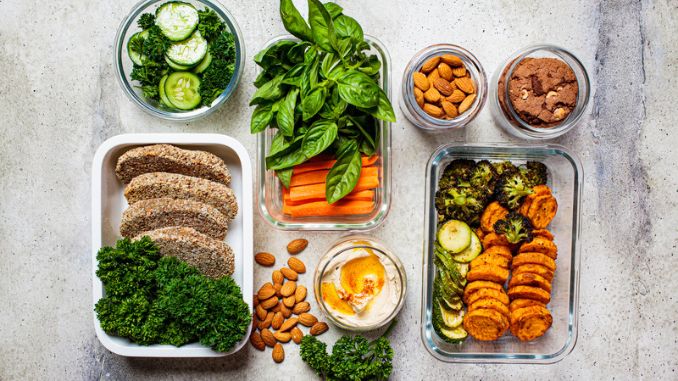
2. Don’t Go For the Chips
As delicious as they may be, chips are incredibly unhealthy. They are high in sodium and other preservatives, which can harm your body. They are also highly calorie-dense and don’t fill you up, making them a terrible choice for snacking. To avoid chips and similar snacks, you must read the labels carefully to determine the nutritional content. It’s important to note the content to know what you’re eating and its caloric value. If you want to eat chips, try baked, low-calorie options. You can also try to make your own. Doing this gives you control over your eating and allows you to snack healthier.
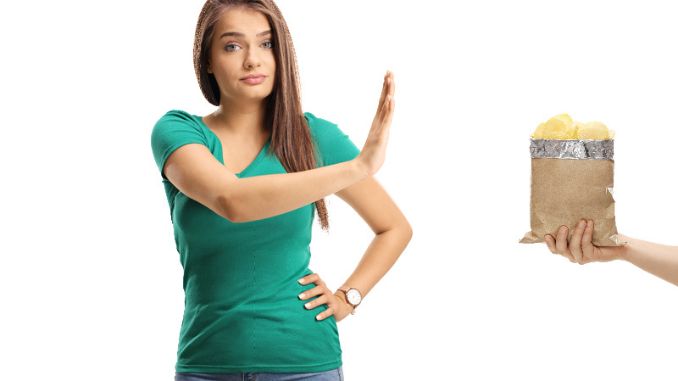
3. Get Creative and Balance Your Diet
Get creative with your snacks to make them more exciting and nutritious. It’s not solely about the type of food you’re eating, but how you’re eating it and when. Ensure your snacks are distributed evenly throughout the day to meet all your nutritional requirements best.
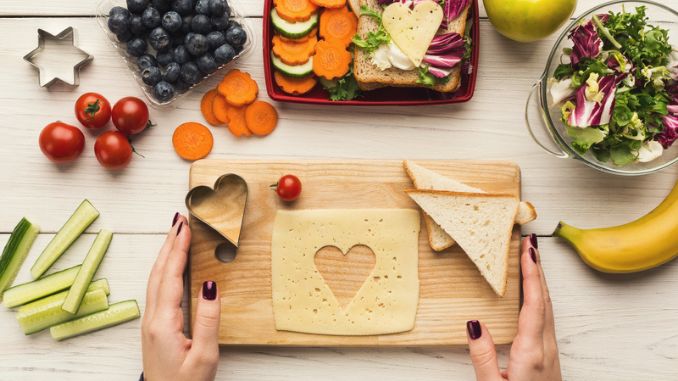
4. Go for Healthy Fats
Snacks with healthy fats can ensure you stay full and energized until your next meal. If you choose to go for healthy fats as a snack, you’ll be getting tons of nutrients and vitamins that can help you stay healthy. Avocados, for example, are a great source of healthy fats. They are also full of fiber, which will help keep you full until your next meal. Nuts are another great option, as they are packed with healthy fats. They are also incredibly nutritious and can boost your immune system.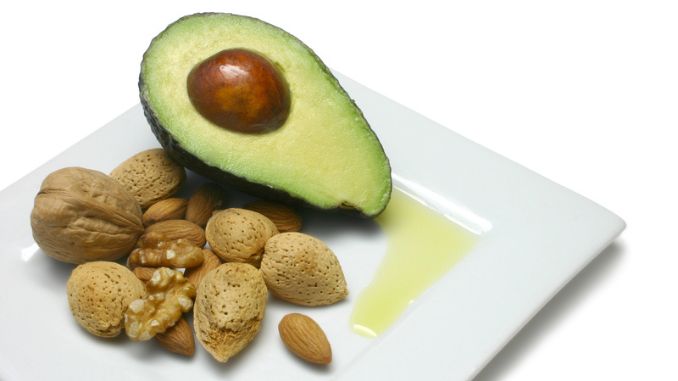
5. Eat Whole Foods
Whole foods are incredibly nutritious, so make an excellent choice for snacking. Nuts, for example, are packed with nutrients and vitamins, making them a very healthy snack. They are also effortless to eat on the go. Try to avoid processed foods as much as possible when snacking. These foods are often full of preservatives and other chemicals that are bad for your body. Instead, opt for whole foods, such as nuts or fruits. Oatmeal is incredibly nutritious and can be eaten almost any time of day. You can also opt for other foods, such as yogurt or granola bars, to help you through the day.
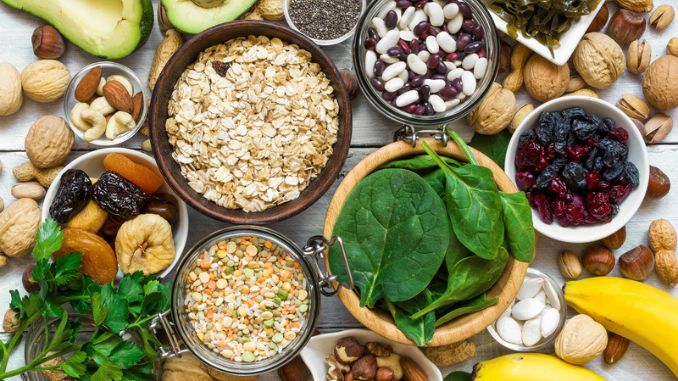
6. Keep a Supply of Protein-Packed Snacks Available
To keep your snacking healthy, you must have a supply of proteins. This will ensure that you stay full and energized until your next meal and provide you with many vitamins and minerals. Some of the best options for protein include nuts, soybeans, seeds, beans, dairy, and yogurt. To keep your snacking healthy, you must have a supply of proteins. This will ensure that you stay full and energized until your next meal and provide you with many vitamins and minerals. Most of the best protein-rich snacks are also incredibly easy to make. They are also very cheap to purchase, making them an ideal choice for snacking.
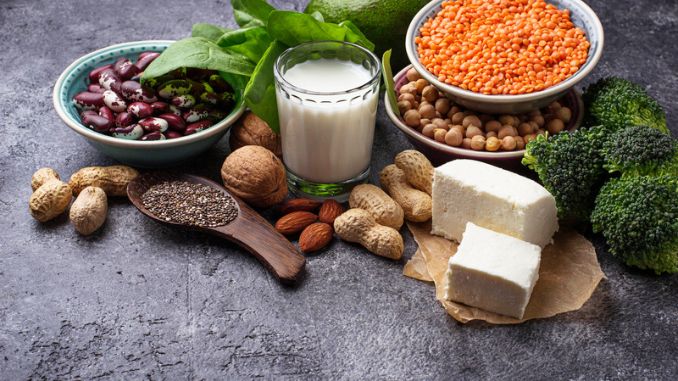
The 3 Best Ways to Satisfy Your Cravings
- Rehydrate – Thirst and hunger are often confused, so try drinking a glass of water before you snack. So, hydrate and see if it helps.
- Take a break – If you’re feeling stressed or working too long, you may just be craving a break. So, take five minutes to relax, breathe deeply, and let go of any mental or emotional baggage you might be holding onto.
- Break out the baking tray – If you’re craving something sweet, try baking a tray of low-fat cookies or something similar. It’s easy to satisfy your cravings while controlling the amount of fat and sugar these snacks contain.
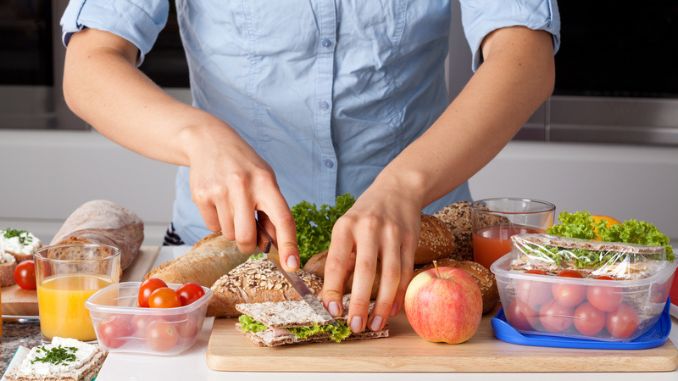
Healthy snacking is essential to any healthy diet, but it can often be challenging to figure out what to eat. Having a few go-to snacks on hand can make it easier to avoid unhealthy choices. When you’re hungry, there’s often a lot of pressure to decide what to eat right away, and it can be hard to resist unhealthy options if you don’t have anything nutritious to eat. Healthy snacks can help you avoid this problem and create a quick and healthy meal. There are countless options, so you must find a few go-to snacks that you enjoy and can eat often. Once you get used to healthy snacks, you’ll find it easier to avoid unhealthy options.







